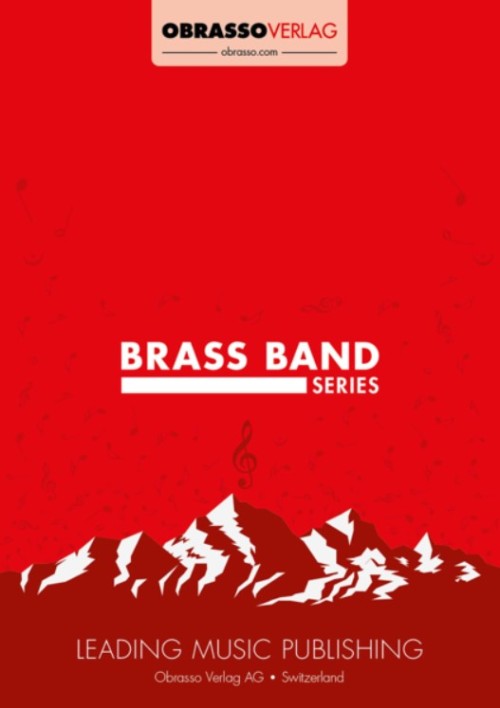Results
-
 £50.90
£50.90ELEGY op.58 (Brass Band) - Elgar, Edward - Smith, Sandy
Medium/Easy
Estimated dispatch 7-14 working days
-
 £50.90
£50.90ELENA'S ARIA (Vocal Solo (Soprano) with Brass Band) - Verdi, Giuseppe - Fernie, Alan
From Sicilian Vespers. Grade: Medium.
Estimated dispatch 7-14 working days
-
 £19.95
£19.95ELEPHANT, The (Brass Band Set)
Estimated dispatch 7-14 working days
-
 £75.90
£75.90Toccata, Elegy and Scherzo (Brass Band - Score and Parts) - Barry, Darrol
Suitable for 1st Section bands and above
Estimated dispatch 7-14 working days
-
 £19.95
£19.95Elephant, The (Brass Band - Score and Parts)
Estimated dispatch 7-14 working days
-
 £79.95
£79.95Introduction, Elegy and Caprice (Brass Band - Score and Parts)
Estimated dispatch 7-14 working days
-
£26.50
Electra - Truman, A - Hawkins, G
Includes a full band set (no score)
In Stock: Estimated dispatch 1-3 working days
-
£40.00
Elegy
A piece for brass band featuring the soprano cornet. Slow and solemn, yet dignified and graceful, this allows the soloist to shine in front of the whole brass band. The band stays in the background for just about the whole piece, coming slightly to the fore in the more turbulent middle section. Lasting 4'30" a nice change of pace for a concert.
-
 £29.50
£29.50Only You - Vincent Clarke - Andrew Keegan
Originally beginning life as a joke item, this track was to feature on Kylie Minogue's 2015 Christmas album. James Corden & Kylie Minogue have been good friends since hosting the BRIT awards in 2009 and upon completing the recording, record producers took a liking to it and elevated the song to single status. The piece makes a great cornet/horn duet and although was initially released for a Christmas album, it is not a Christmas song. Light accompaniments and a simple, beautiful melody ensure this new duet will be a hit with players and audiences alike. *Soprano Cornet solo part included as an extra to perform as a Soprano/Horn Duet.
In Stock: Estimated dispatch 1-3 working days
-
 £29.50
£29.50Punchinellie - William Rimmer - Jonathan Bates
Kick start your programme with music from the Brass Band march kingaAof sorts! The opening bars of 'Punchinello" are amongst the most famous written in any march, however what follows them in this arrangement will certainly raise a few eyebrows and chuckles from your audience. The brilliance of William Rimmer descends into the comedy tune of the famous elephant (& your trombonists are let loose with the trunk calls!). An awesome, tongue in cheek arrangement that would suit both concerts & entertainments contests (watch out for the odd weasel popping up too!).
In Stock: Estimated dispatch 1-3 working days
